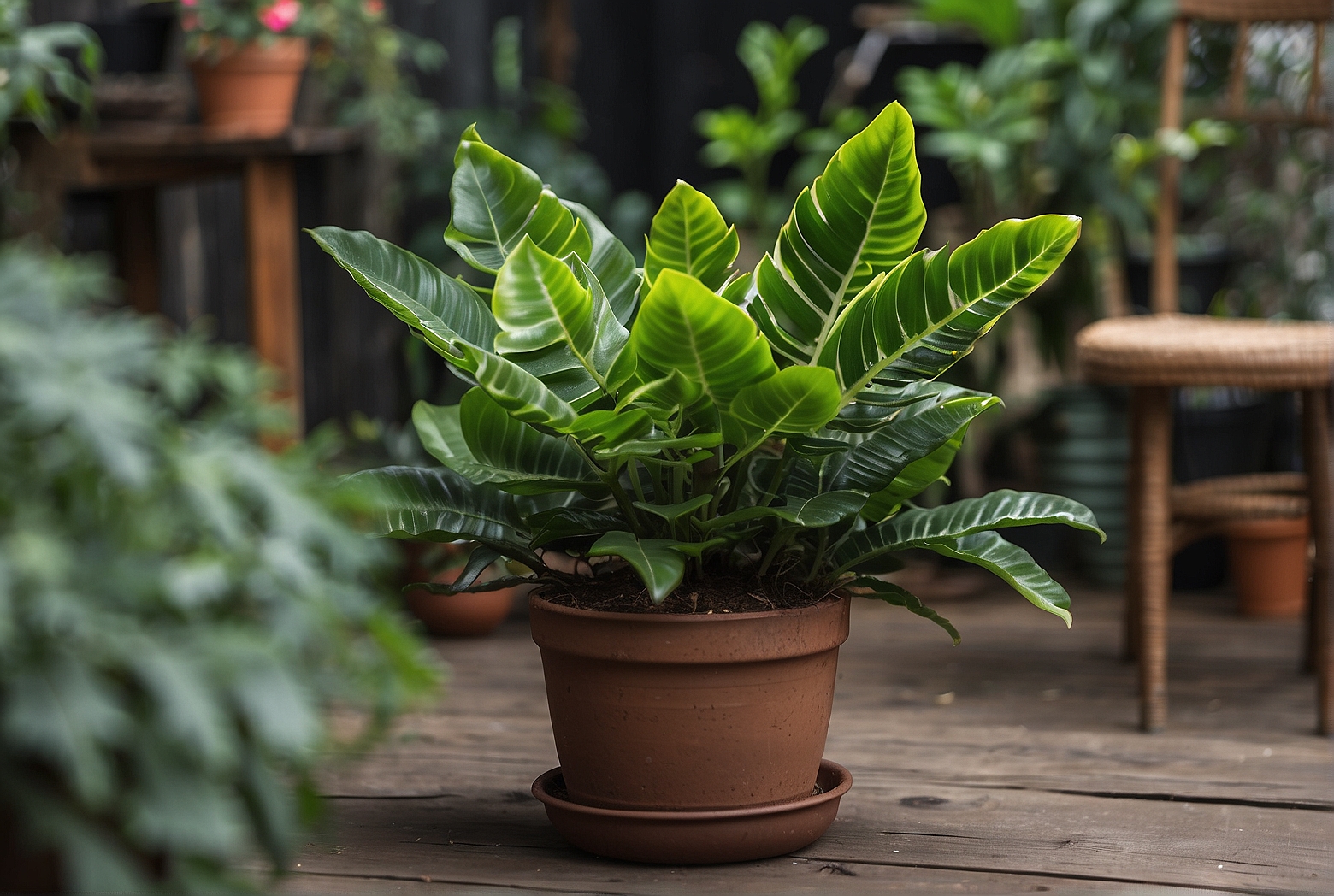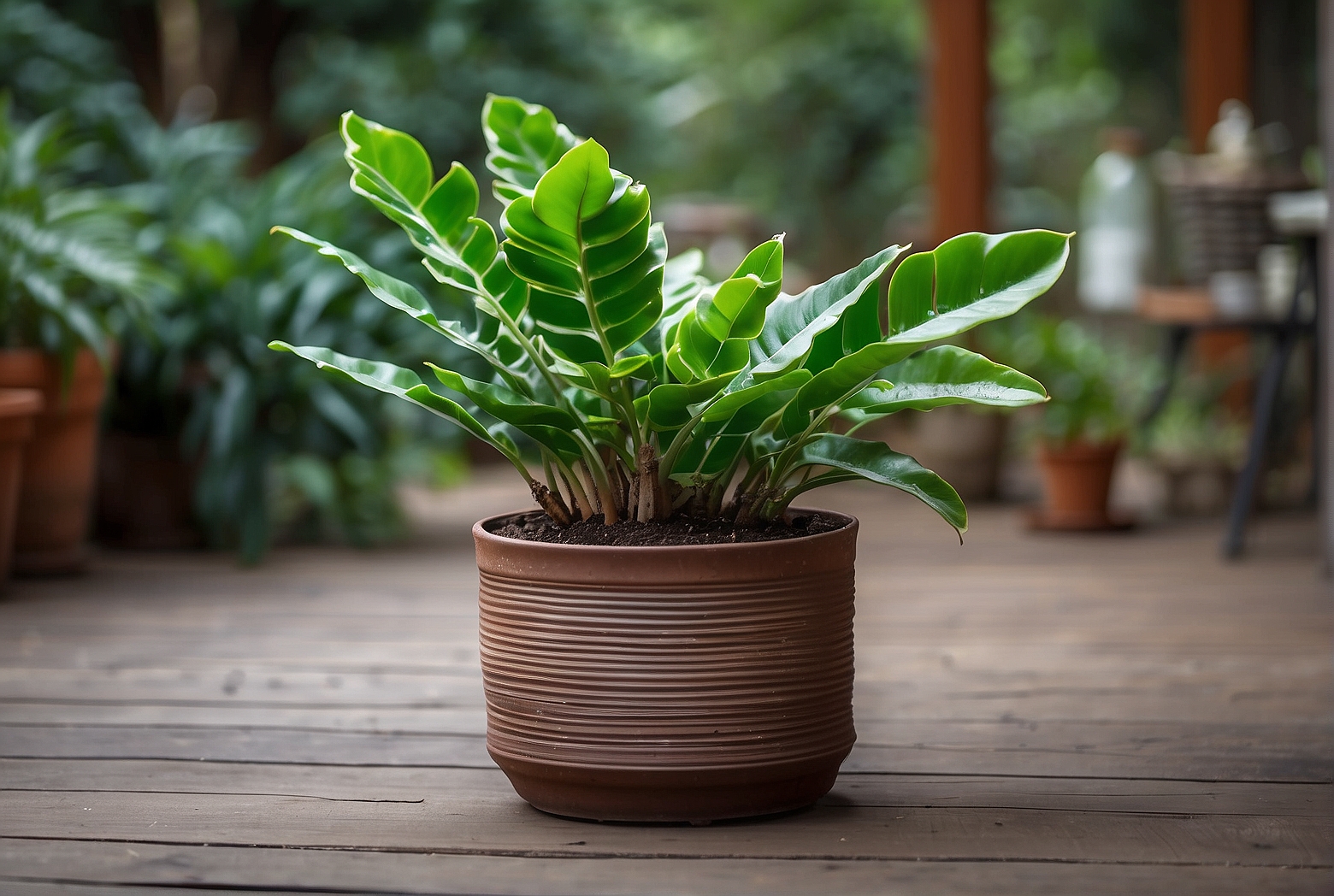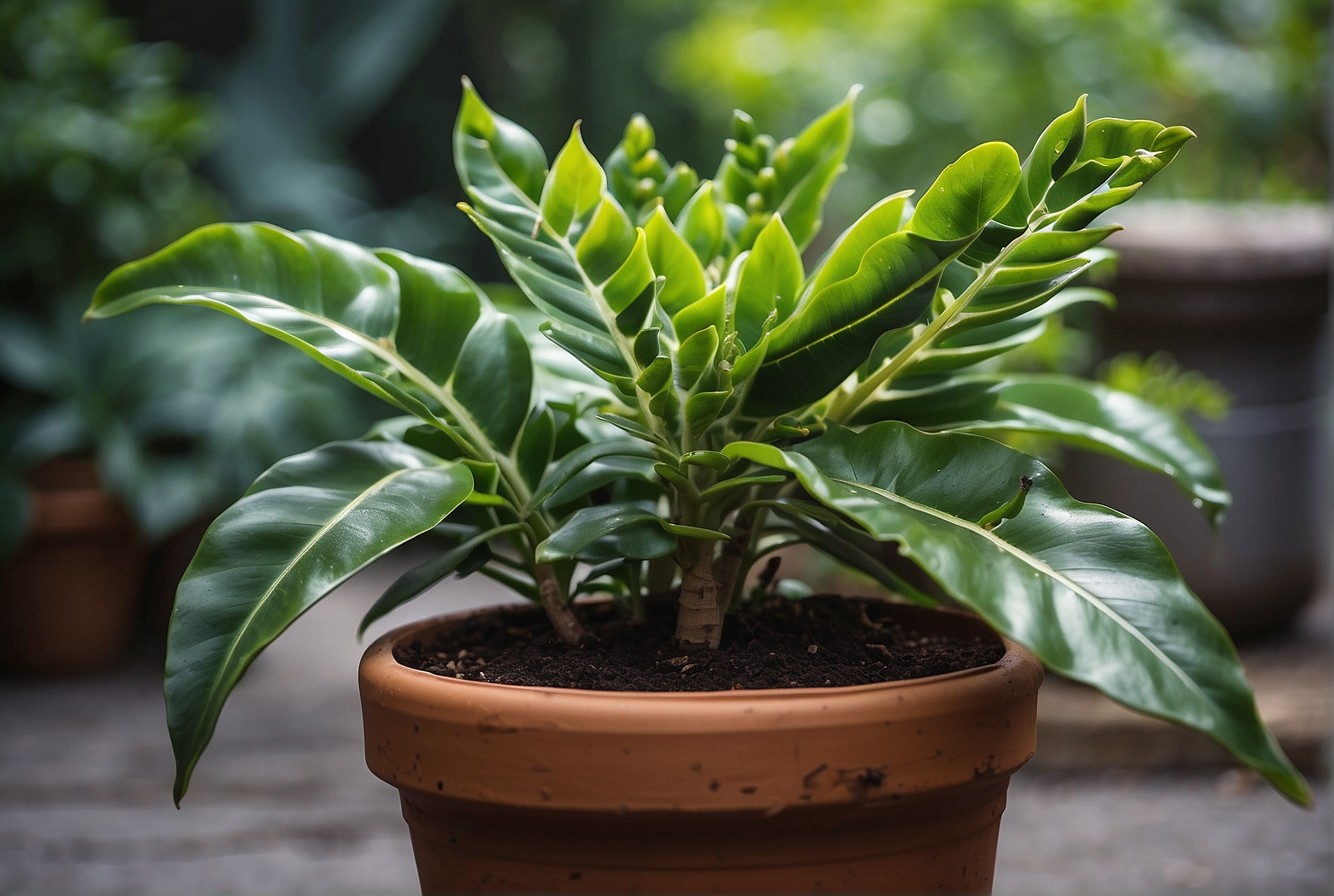Last Updated on March 28, 2024 by Tony Manhart
Have you ever wondered if the ever-popular ZZ Plant can survive outdoors? Well, you’re in luck! This article will give you all the details you need to know about whether or not ZZ Plants can thrive in an outdoor environment. Stay tuned to discover if your beloved ZZ Plant can make a successful transition from indoors to the great outdoors!
Can ZZ Plant Survive Outdoors?
Introduction
If you’re a plant enthusiast, you may have come across the ZZ plant, known for its glossy, dark green leaves and low-maintenance nature. But have you ever wondered if this popular houseplant can thrive outdoors? While ZZ plants are typically grown indoors, there are certain conditions in which they can be successfully cultivated in outdoor settings. In this article, we will explore the native habitat of the ZZ plant, its tolerance to light and temperature, ideal outdoor conditions, protection from extreme weather, outdoor planting tips, watering and soil considerations, as well as pest and disease management.
Native Habitat of ZZ Plant
The ZZ plant, scientifically known as Zamioculcas zamiifolia, is native to the warm and tropical regions of eastern Africa, specifically Tanzania and Zanzibar. In its natural environment, the ZZ plant grows in the understory of forests, where it receives filtered light through the dense canopy above. These native conditions provide valuable insight into the type of environment that the ZZ plant prefers.
Tolerance to Light
One of the factors that make the ZZ plant a popular choice for indoor cultivation is its ability to tolerate low light conditions. However, when it comes to outdoor cultivation, the ZZ plant is more suited for areas with partial shade or filtered sunlight. Direct exposure to intense sunlight for prolonged periods can cause the leaves to scorch and turn yellow. It is important to provide adequate shade or indirect light to ensure the health and vitality of your ZZ plant if you choose to grow it outdoors.

Tolerance to Temperature
In its native habitat, the ZZ plant enjoys warm and consistent temperatures year-round. It thrives in temperatures ranging from 60°F to 75°F (15°C to 24°C). While the ZZ plant can tolerate slightly lower or higher temperatures for short periods, it is important to protect it from extreme cold or hot conditions.
Ideal Outdoor Conditions for ZZ Plant
To create the ideal outdoor conditions for your ZZ plant, aim for a location that receives partial shade and is sheltered from strong winds. This will help protect the plant from excessive sunlight and prevent leaf damage caused by strong gusts. Additionally, the outdoor space should offer well-draining soil and ample space for the ZZ plant’s underground rhizomes to expand.
Protection from Extreme Weather
Extreme weather conditions, such as frost or heatwaves, can pose a threat to the health of your ZZ plant if left unprotected. During cold winter months, it is advisable to bring your ZZ plant indoors or provide sufficient insulation by covering it with frost cloth or moving it to a sheltered location. Similarly, during periods of intense heat, it is crucial to shield the plant from direct sunlight and ensure proper hydration.
Outdoor Planting Tips
When planting your ZZ plant outdoors, it is important to follow a few guidelines to ensure its successful establishment. Firstly, choose a well-draining soil mix, as waterlogged soil can lead to root rot. Secondly, dig a hole that is slightly wider and shallower than the root ball of the plant. Gently place the ZZ plant in the hole, ensuring the top of the root ball is level with or slightly above the soil surface. Finally, backfill the hole with soil and firmly press down to remove any air pockets.

Watering and Soil Considerations
Proper watering and soil management are vital for the health of your ZZ plant, whether it is grown indoors or outdoors. In an outdoor setting, it is important to monitor soil moisture levels regularly, especially during hot and dry periods. ZZ plants prefer to dry out slightly between waterings, so avoid overwatering that can lead to root rot. Additionally, ensure the soil is well-draining and amend it with organic matter to enhance its water retention capacity.
Pest and Disease Management
Fortunately, the ZZ plant is relatively resistant to pests and diseases. However, certain pests like aphids, mealybugs, and spider mites can still pose a threat. Regularly inspect your ZZ plant for any signs of infestation, such as sticky residue or small webs. If detected, treat the affected plant with an appropriate insecticidal soap or neem oil spray. Additionally, maintaining good air circulation around the plant and avoiding excess humidity can help prevent the occurrence of fungal diseases.
Conclusion
While the ZZ plant is primarily grown as a low-maintenance houseplant, it is possible to cultivate it outdoors under the right conditions. By understanding the native habitat of the ZZ plant, its tolerance to light and temperature, ideal outdoor conditions, protection from extreme weather, outdoor planting tips, watering and soil considerations, as well as pest and disease management, you can create a suitable environment for your ZZ plant to thrive. Just remember to provide partial shade, protection from extreme weather, and proper care, and you’ll be able to enjoy the beauty of this remarkable plant in your outdoor space.
Tony Manhart is a passionate gardener who has been tending to gardens for over 20 years. He takes pride in creating beautiful outdoor spaces with plants, trees, and shrubs that can thrive in any environment. He loves to share his knowledge with others and has taught classes on gardening basics and advanced techniques. He is committed to sustainability, using natural and organic methods to create and maintain gardens. He also works with local organizations to create green spaces for communities. When he’s not gardening, Tony enjoys hiking, reading, and spending time with his family.


